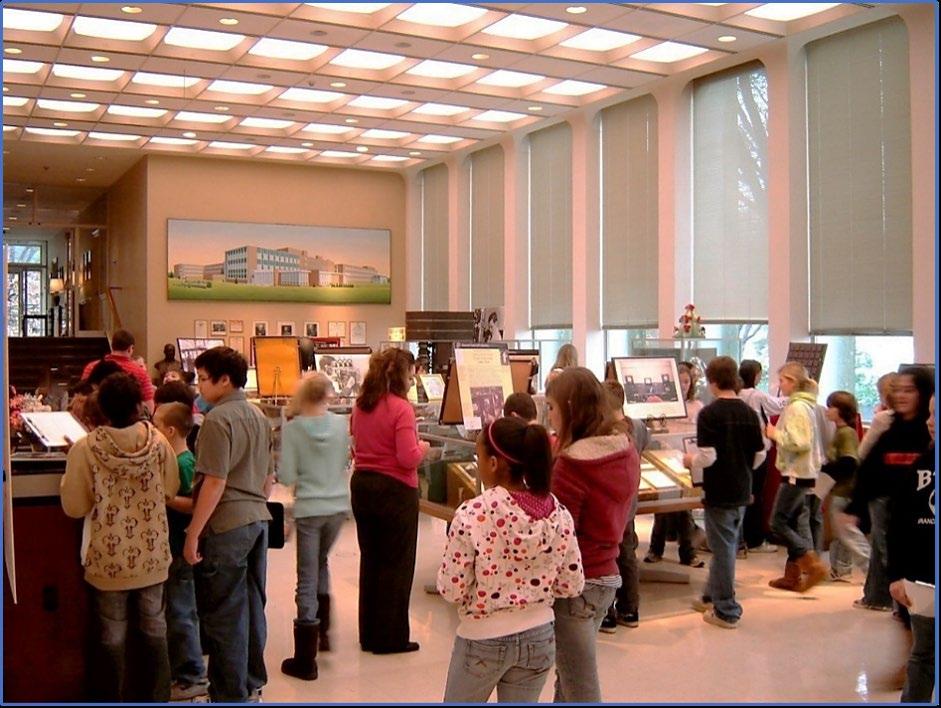THE CHALLENGES OF RURAL BROADBAND By Andrew Seybold Rural broadband continues to face many challenges, including coverage, redundancy, devices, applications, and more. Progress is slow, but things are moving forward. This article comments on the current state of the rural broadband rollout.
it will be easy for them to identify areas that need to be built out. Some states have old and out-of-date maps that will need to be updated, and both the NTIA and the FCC keep telling us they are busy updating their maps based on data provided by the carriers and states.
RURAL BROADBAND
3. Next is the decision about the type of broadband that will be deployed and if there will be only a single vendor in some areas or if it will be possible to have a second vendor to ensure customers receive the best pricing.
Over the years, I have written a number of articles in the Advocate and elsewhere about the long and arduous task of providing broadband/Internet for all.1 Recently, Congress set aside funds to once and for all to close the digital divide and deliver broadband and Internet to everyone within the United States.2
PRIVATE/PUBLIC PARTNERSHIPS
The set-aside is $65 Billion over and above what the National Telecommunications and Information Administration (NTIA), FCC, Agriculture, and other federal agencies have already provided in the way of grants and loans. It is also in addition to what is already in the pipeline. Meanwhile, a number of states have budgeted for expanding broadband within their state, so it appears the funds are there. However, once broadband is in place in rural areas, it is not clear if day-to-day operations will be funded or if the states are expected to be self-sufficient.
I am a strong believer in partnerships. We have a very successful model in FirstNet, the Nationwide Public Safety Broadband Network (NPSBN) that is up and operational. This partnership is between the Federal Government (The FirstNet Authority) and the private sector. In this case AT&T, which won the 25-year contract to build and operate FirstNet, is the “private” side of the partnership. This example should give many states and agencies a “how to partner” tutorial with a list of potential partners in no particular order. Different areas will have different partners.
From the reports I am reading, it appears the federal government will be sending a portion of the $65 billion allocation to the states, and it will be the states’ responsibility to find a way to provide broadband service to those who do not have it. Some states are more prepared for this influx of funds than others. I think probably one-third of the states and territories already have plans in place for how to provide broadband services, and the remaining states and territories will have to come up with their own plans.
Potential Existing Broadband Carrier Partners
There are a number of ways in which each state can move forward, and a number technologies are available to be used. The first step for each state is to find out what is already in existence, what is planned, and how close to these rural areas there is already at least one broadband vendor. Other issues that need to be considered include: 1. Forming Partnerships on a local, regional, or statewide basis. We have ready seen how well private/public partnerships work. 2. Next, as mentioned above, it is important to find out what is already in place or planned. Some states already have very good broadband coverage maps so SPRING 2022 PROCEEDINGS
18
• • • • •
FirstNet/AT&T Verizon T-Mobile US Cellular Carrier Members of the Competitive Carriers Association (CCA) • Rural Wireless Association (RWA) Members Other Potential Partners • National Rural Telecommunications Cooperative members (NRTC) • Wireless Internet Service Providers Association (WISPA) members • Cities, Villages, Counties • Railroads • Internet Satellite Providers • And more
www.radioclubofamerica.org




















